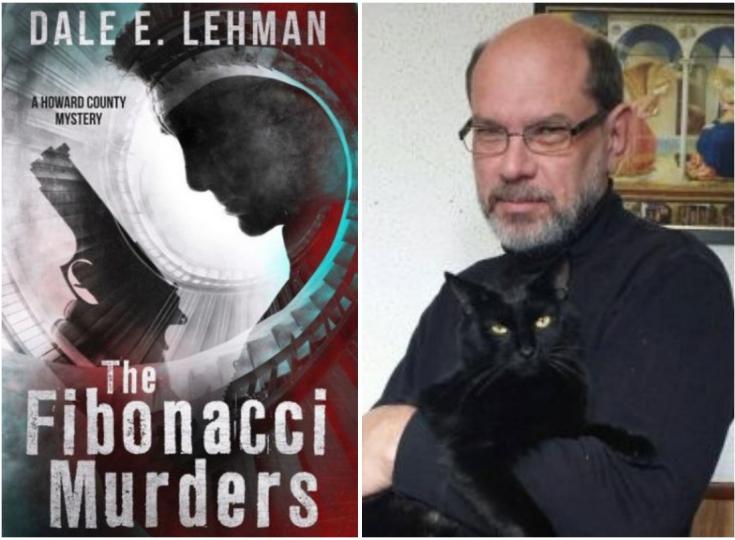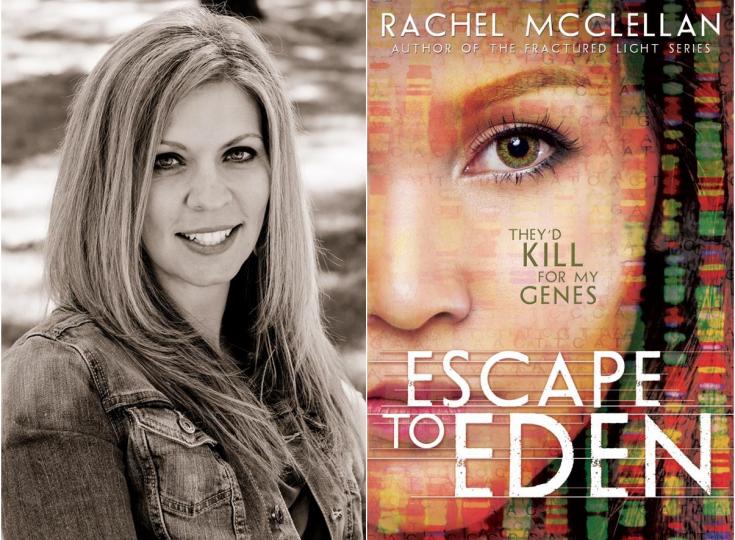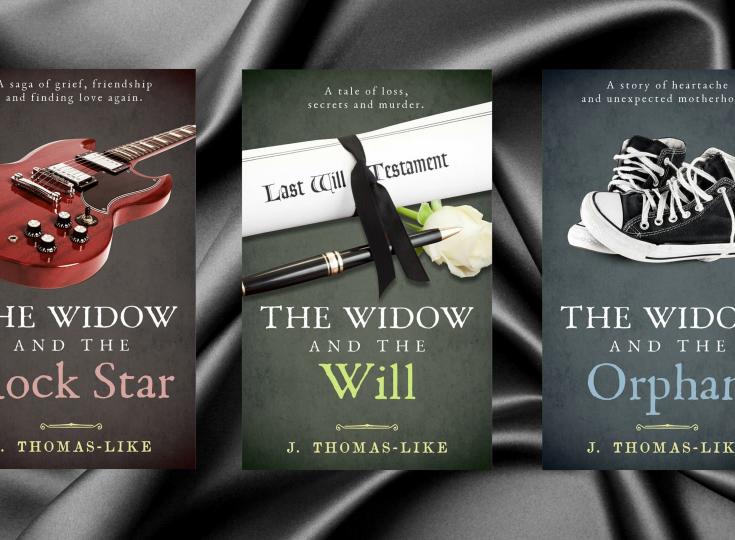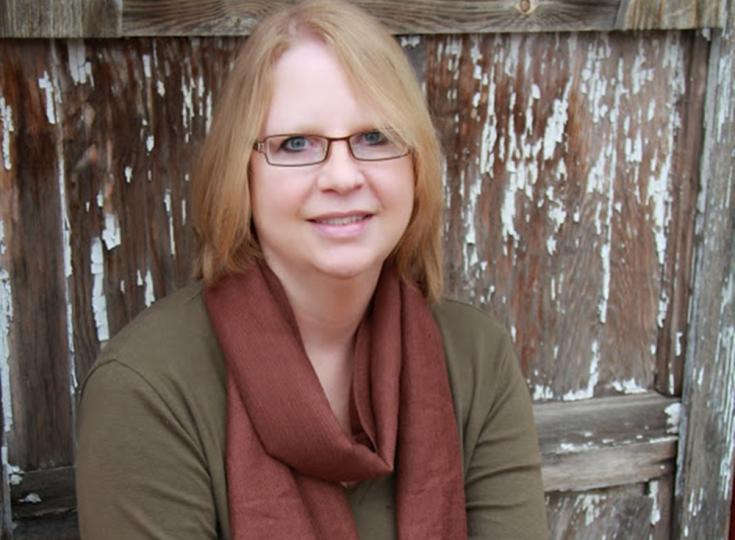Dale E. Lehman - Murder Mystery Based on the Fibonacci Series

Dale E. Lehman writes mystery, science fiction, and occasional nonfiction. His Howard County Mystery series, set in Howard County, Maryland, includes "The Fibonacci Murders," "True Death," and "Ice on the Bay." A veteran software developer, amateur astronomer, bonsai artist in training, and member of the Baha'i Faith, his writing has appeared in "Sky & Telescope" magazine and on Medium.com. With his wife Kathleen (co-author of "Ice on the Bay"), he owns and operates the imprint Red Tales. In his "spare time" (ha ha) he facilitates a small creative writing workshop for local authors. As our Author of the Day, Lehman tells us all about The Fibonacci Murders.
Please give us a short introduction to what "The Fibonacci Murders" is about.
This is a murder mystery set in modern-day Howard County, Maryland. It features a sequence of killings based on the Fibonacci series, a mathematical sequence in which each number is the sum of the previous two: 0, 1, 1, 2, 3, 5, 8, 13, and so forth. The killer announces his plans via notes sent to Detective Lieutenant Rick Peller. But the numbers mean different things in each murder, which initially flummoxes Peller and his colleagues. They know the numbers, and they know the sequence never ends, but the killer stays a step ahead of them at every turn. Is he a serial killer or working to some purpose? How can they find and stop him?
Why did you decide to start your story off with a strange note?
The note pretty much suggested itself. The Fibonacci series begins with two "seed" numbers. Depending on the source, these are either 0 and 1 or 1 and 1. The only difference is whether or not 0 is included. It would have been easy enough to start with 1 (one victim, or one-shot, or whatever), but I thought it more intriguing to start with zero: "I start with zero. Nobody dies today." As Detective Sergeant Corina Montufar says, "Who writes a note like that?" Taken by itself, it sounds like a stupid joke, yet it's also filled with menace.
What inspired you to write about a killer who is basing his murders on the Fibonacci series?
I'm only half sure. I remember sitting at a red light on my way home from work one day thinking for no apparent reason that a mathematician would make an interesting protagonist for a murder mystery. Why? Because mathematicians are often thought of as a bit odd. Some, although certainly not all, have had that reputation. But I didn't have a story to go with the character. I knew it would have to be something accessible, something in which the math was indispensable but not incomprehensible to the average reader. When I realized the Fibonacci sequence would do the trick, I pretty much had the basic story. (By the by, mathematician Tomio Kaneko is a key figure in the story but, as it turned out, not the primary protagonist.)
Tell us more about Rick Peller. What makes him so special?
Peller is one of the good guys, an honest cop who, sure, has some of the cynicism that attends dealing with the worst of humanity day after day but who has not been corrupted by it. He is also a team player and a mentor to the other two principal detectives, Corina Montufar and Eric Dumas. As I developed the story, I conceived of them as each having a particular talent so that, taken together, they form a whole greater than the sum of its parts. Peller has a sharp eye and a keen, almost photographic memory. He'll notice things that nobody, often not even the other detectives, will notice. Montufar has an analytic mind. She can work out the implications of the evidence more surely than most others. Dumas is very intuitive. He gets ribbed for being the one with all the crazy ideas, but often his crazy ideas turn out to be right. They are all good detectives on their own, but together they're a force to be reckoned with.
This is book one of a series. Can it be read as a standalone? How do the other two books tie in with this one?
Yes, the Howard County Mystery (HCM) series. My goal is to make each novel stand-alone, although later books do reference things in earlier books. I hope those references don't confuse anyone. I'm told I've done a pretty good job, although a few readers felt that the beginning of "True Death" (HCM #2) was easier to understand if one had read "The Fibonacci Murders" (HCM #1). I've had no complaints on that score about "Ice on the Bay" (HCM #3).
Besides writing, what other secret skills do you have?
I'm an amateur astronomer and a (not too skilled) bonsai artist. Astronomy was my first love, an interest since I was a young child. For the longest time, I wanted to be an astronomer. That didn't work out, and I ended up as a software developer, which has been a great career, too. But I do have a telescope I haul out whenever I can. Bonsai is a more recent hobby. I've only been learning and practicing that art for about a decade, and the past few years life has unfortunately kept me from doing much with it.
Why did you pick Columba Maryland as the backdrop for your story?
I get asked that a lot, since I don't live there. I'm a native Ohioan and spent a large portion of my life in the Chicago suburbs. We moved to Baltimore County in 1995, but my job at that time was in Columbia, the heart of Howard County. When I began writing "The Fibonacci Murders," I wanted a location familiar to me that offered a large scope for action across varied settings. The murderer, you see, doesn't only change up the meanings of the numbers; he targets victims in a wide variety of locations, too. The detectives run from one end of the county to the other as they investigate. Baltimore County certainly could provide that, but it's not as easy to get around quickly, because it wraps around the city of Baltimore, which is its own jurisdiction. Between that and the increased traffic congestion close to Baltimore, Howard County seemed better suited to what I had in mind.
How much research did this book require from you?
Some. I've never worked in law enforcement, so I had to do a bit of research to make the story sound more or less plausible. I don't know how well I did, although one of my readers, the wife of a police officer, did ask if I was one myself. I take that to be a good sign. I also wanted Howard County to be recognizable to those familiar with it. There are real places in the story, as well as some that are made up from whole cloth. Locals have told me they enjoyed being able to recognize many of the places I mentioned. Most of my research is done online, though. I don't have time for interviewing people, riding in police cars, and so forth, as full-time authors might. Google Earth is my friend.
Where does your fascination with mathematics come from?
It probably goes with my fascination for science which extends beyond astronomy to physics, geology, meteorology, and paleontology. Sometimes biology, but I'd make a terrible doctor. I hate needles and scalpels. It's an aptitude, I guess. My wife likes to say I'm the numbers person and she's the words person. That may sound odd since I'm also a writer, but it's true. Her aptitude for language far exceeds my own, and I credit her with being the one who taught me "how to write." I'm still learning from her. Anyway, observant readers will notice I often include little astronomical details and references in my stories. In "The Fibonacci Murders," I make use of the planet Venus near the end to mark the passage of time.
This was your debut work. What surprised you most from reader reactions?
Being a very humble person, I was surprised that it didn't become an instant bestseller. Er . . . no, that's not it. I suppose what surprised me most (and gratified me, too) was that a number of people commented on how hard the book was to put down. Some readers told me they read "The Fibonacci Murders" in one sitting, because they found it so gripping. That's every writer's dream, right? And here I was with my first published novel getting at least a little of that praise. But to be honest, I'm aware that it's also a flawed work. I've been writing since I was a child and completed a few novels in the 1990's. I even got one accepted by an agent . . . who turned out to be a scam artist instead. The experience hit me so hard I stopped writing fiction altogether for ten years. When I emerged from that hole, "The Fibonacci Murders" was the result. My wife's reaction on reading the manuscript was, "Well, I can tell you're out of practice." She helped me whip it into shape, but I if I wrote it today, now that I have several other novels and a lot of short stories under my belt, I would do some things different. So the biggest surprise is that in spite of its flaws, people can still gobble it up!
When you start on a new novel, what is the first thing you do?
Write. Seriously. I don't do well with outlines. Once I have an idea and some sense of where to start, I write a scene or two. I may step back and do some planning at some point, but until I see my characters in action, I don't know who they are. I can fill in the holes later, once I know who my people are.
Do you have any interesting writing habits? What is an average writing day like for you?
I'm not that interesting, really. I always use a computer, because I make so many mistakes and they're easier to fix in electronic form. I'm old enough that this wasn't always the case. I used to write first drafts longhand and then type them up (or beg my wonderful wife to type them up for me; she's a better typist than I, too). But once word processors were on the scene, I never went back. As for an "average" day, there is really no such thing. I have a day job and (at the moment) a side gig and a family, so I have to beg, borrow, and steal writing time, usually on lunch break and sometimes in the late evenings. I dream of someday retiring to a life of full-time writing, but at the moment my creditors won't hear of it.
What are you working on right now?
HCM #4 (so far untitled) is in the works. Sneak peek: I start off by almost killing Rick Peller in a flood. He survives, though, otherwise there'd be no story. I've completed a crime/humor novel called "Weasel Words" featuring career thieves Bernard and Melody Earls, a duo I introduced as a joke in a flash fiction story two years ago and subsequently fell so in love with that I had to write them into a novel. And my big news, after a long delay my science fiction/humor novel "Space Operatic" is slated for release in March, 2020. This is a tale of high culture (yes, opera) on the fringes of our solar system, surrounded by corporate greed, abuse of power, rebellious miners, bloodthirsty mercenaries, outrageous lies, intense loathing, inane conversations, and more unintended consequences than you can shake a stick at. Should be fun.
Where can our readers discover more of your work or interact with you?
I'm easy to find. My author website and blog is at https://www.DaleELehman.com. I post fiction and nonfiction on Medium (https://medium.com/@lehket). I'm on Facebook (https://www.facebook.com/DaleELehmanAuthor), Twitter (@lehket), Goodreads(https://www.goodreads.com/author/show/1041215.Dale_E_Lehman), Amazon Author Central (https://www.amazon.com/Dale-E-Lehman/e/B00JGBZJDC), and various other lesser-known venues. Honestly, if you can't find me, you're not looking.
By the by, if I could ask one favor of readers, it's this: please, please, please leave reviews! Honest reviews, be they glowing or ugly or anything in between. Quite aside from what reviews do for sales, I like to hear what people think about my work. Reader feedback helps me figure out what's working and what's not so I can make future novels better. So please, take a moment to let me (or any other author you read) know what you think. We greatly appreciate it!
Dale E. Lehman





